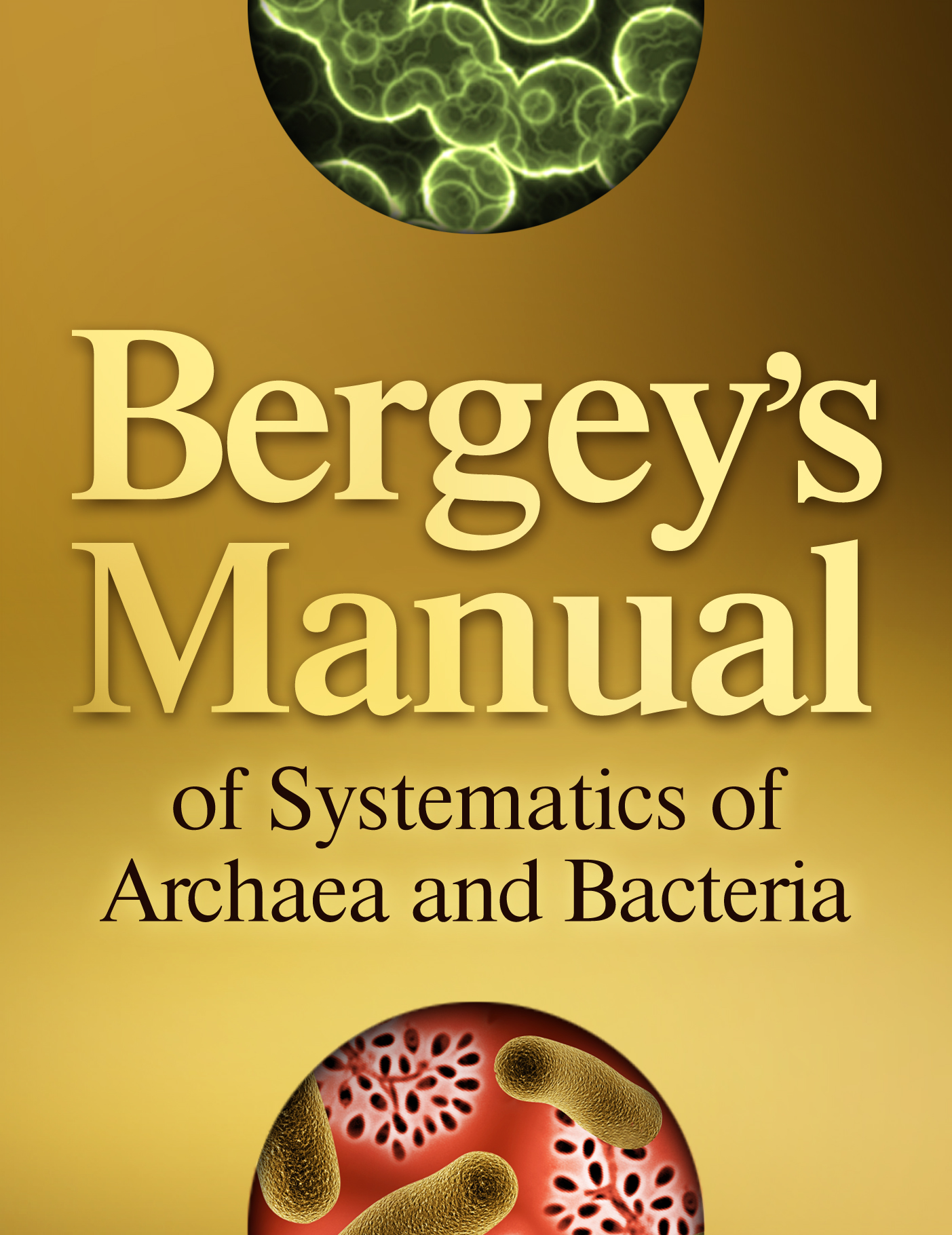Abstract
A.ce.to.ne’ ma. L. n. acetum vinegar; Gr. neut n. nema thread; N. L. neut. n. Acetonema vinegar-forming thread.
Firmicutes / “Clostridia” / Clostridiales / Veillonellaceae / Acetonema
Thin, straight rods, 0.3–0.4 µm in diameter and 6–60 µm in length. Motile by means of peritrichous flagella. Gram-negative cell wall. Gram-negative staining. Lipopolysaccharide present. Heat resistant, dipicolinic acid containing endospores are formed. Catalase-positive, oxidase-negative. Strict anaerobe. Facultative chemolithotroph. Mesophiles. Ferments H2 + CO2 to acetate. Sugars and organic acids are fermented to acetate, propionate, butyrate, succinate, and H2 and CO2 depending on the substrate. Do not respire anaerobically with nitrate or sulfate. Cytochromes not detected. Isolated from gut contents of the termite Pterotermes occidentis.
DNA G+C content (mol%): 55.1 (Bd).
Type species: Acetonema longum Kane and Breznak 1992, 191VP (Effective publication: Kane and Breznak 1991, 97.).



